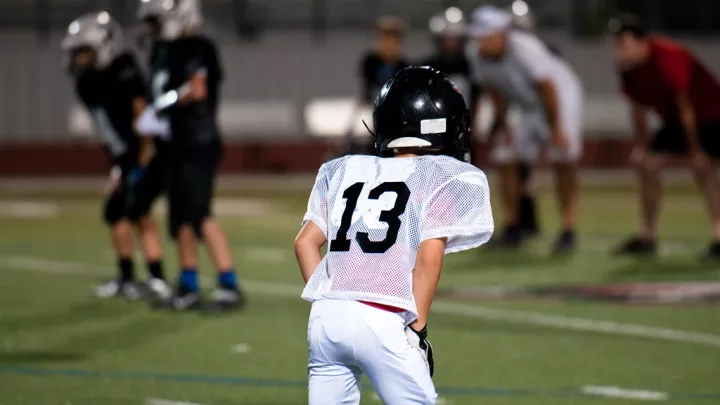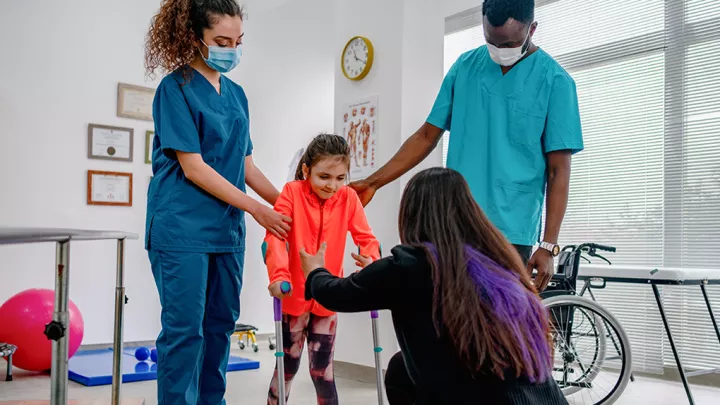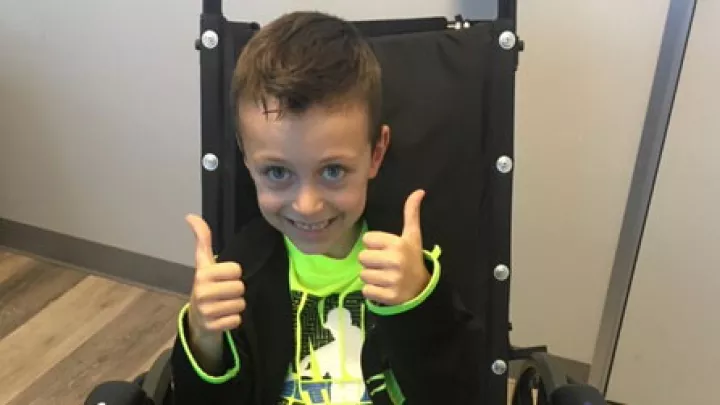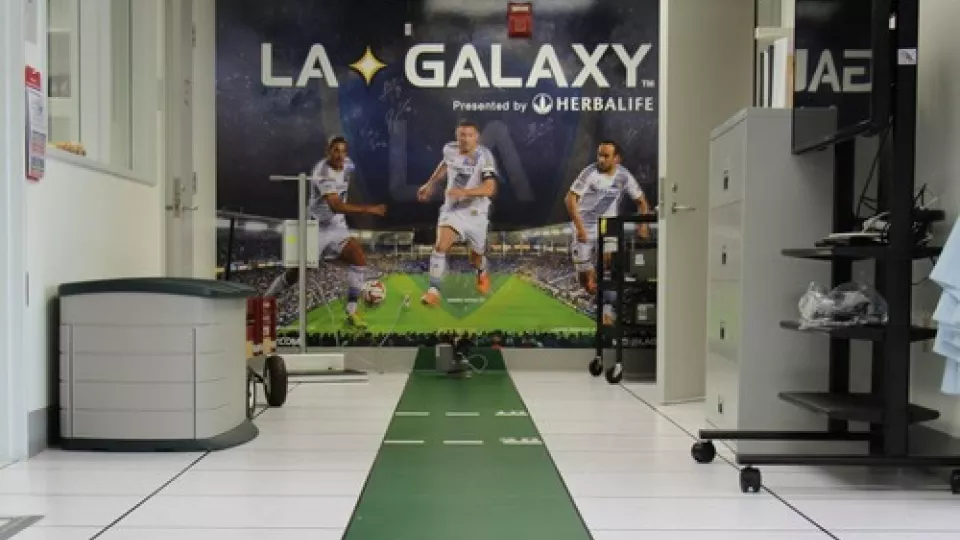
Where Does Research Happen? Behind the Scenes of the Motion and Sports Analysis Lab
A walking lane, electrodes, treadmills and cameras are scattered throughout the John C. Wilson Jr. Motion and Sports Analysis Laboratory at Children’s Hospital Los Angeles. Not your “typical” lab setting, this equipment enables bioengineer Tishya A. L. Wren, PhD, and colleagues to track, evaluate and quantify the movements of the body.
The Motion and Sports Analysis Laboratory primarily sees children with neuromuscular disorders, such as cerebral palsy and spina bifida, who need surgery to increase their mobility. By evaluating the specific needs of the patient, motion analysis provides personalized, evidence-based direction to guide surgeons in the operating room.
This laboratory also conducts sports motion assessments for athletes. Researchers look at the biomechanics of different sports activities to help prevent injury and speed up recovery.
What they use:
- Reflective markers and motion capture system: Reflective markers are placed on the patient, usually on the joints of the pelvis and lower limbs. As the child walks, the motion capture cameras track these markers and a specialized mathematical model recreates a “skeleton” of the body. This outline (as seen below) shows the joint motions of the hips, knees, and ankles in three planes of motion (side-to-side, up-and-down and rotational).
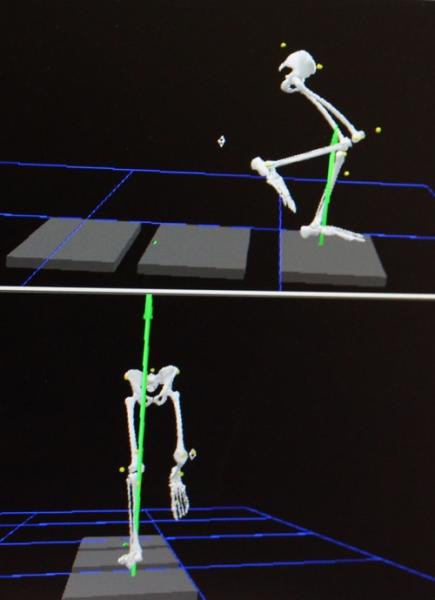
- Force plates: The green squares embedded in the walkway are plates that measure the ground reaction force of the patient’s movement. Seen as the green lines in the computational model, this information shows the 3D force as the child walks over the plates.
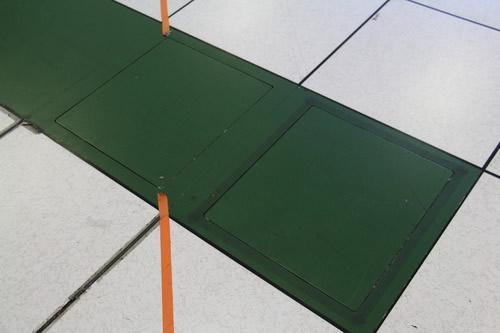
- Dynamic electromyography (EMG): In contrast to the reflective markers, which are placed on joints, EMG electrodes are placed on the skin above muscles. The electrodes are able to measure the amount of muscle activity during certain tasks, such as walking or lunging. This can help researchers make sure that the proper muscles are engaged during each movement. The EMG can also show if muscles are being abnormally activated during these tasks.
- Treadmill:A treadmill “decked out” with electronic sensors measures the path of foot pressure while walking or running. “You want the balance of pressure to be centered through the heel-to-toe motion, and also divided evenly between the right and left feet,” says Dr. Wren.
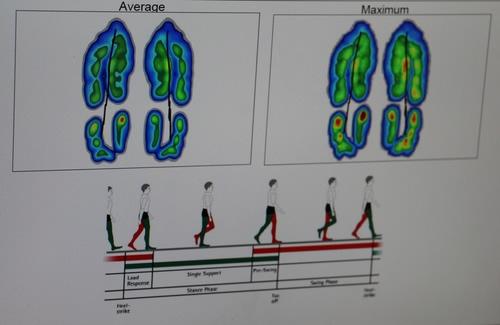
What’s Next?
Dr. Wren and colleagues are embarking on research that will quantify and sensitively assess the movements in concussion patients. This will be of great use in the later stages of a concussion to determine if a “fully recovered” patient has any lingering effects on movement and coordination.
